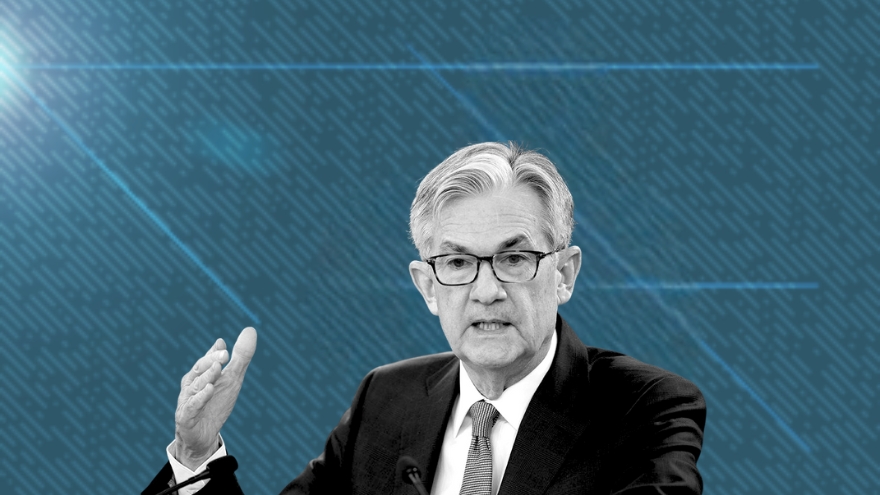Mortgage payments are soaring, creating a tighter housing market with supply constraints and fewer people refinancing as interest rates reach a 22-year high.
More than half of home purchases in July had a payment of more than $2,000 per month, an increase of 18 percent from two years ago. Nearly a quarter of payments (23 percent) have payments of more than $3,000, up from five percent in 2021, according to new report from Black Knight, Inc.
Part of the reason for the supply crunch is that homeowners who locked in ultra-low interest rates before the pandemic have been reluctant to sell their homes as the rate environment increases.
“Inventory remains persistently low, even with record-high mortgage rates putting a damper on demand,” said Danielle Hale, chief economist at Realtor.com. “The inventory crunch continues to put upward pressure on home prices, amplifying affordability concerns and shutting some potential buyers out of the market.”
The Federal Reserve has been aggressively increasing interest rates in a bid to clamp down on the worst inflation the U.S. has experienced in the last four decades.
The prime interest rate, dictated by Fed policy, is a driver of mortgage rates, while mortgage rates play a significant role in what a borrower’s payment is.
Cash-out refinances and home equity lines of credit rose slightly during the second quarter of this year, but accounted for only half the volume from the first quarter of 2022.
As average mortgage rates remain over 7 percent for 30-year fixed mortgages, demand for mortgages has plummeted to the lowest level since the 1990s.
“Mortgage applications declined to the lowest level since December 1996, despite a drop in mortgage rates. Both purchase and refinance applications fell, with the purchase index hitting a 28-year low, as prospective buyers remain on the sidelines due to low housing inventory and elevated mortgage rates,” said Joel Kan, MBA’s Vice President and Deputy Chief Economist.
Some analysts have speculated that the Fed will keep rates steady next month when the Fed reevaluates monetary policy at its Sept. 19-20 meeting.
